Hi! I’m Kira Klaas, and you’re reading the first edition 🗞️ of my newsletter, where I’m sharing my first-hand perspectives on corporate brand-building and marketing.
I’ve long wanted to write about this niche, and while on sabbatical this past year, I finally put pen to paper: why brand often gets undervalued, how to de-silo brand from growth, and how to brand-build successfully when you’re starting from a place of ambiguity and low buy-in.
There are so many resources about branding, advertising, and theory, especially written by agencies and measurement providers. They’re great if everyone’s already bought into “doing brand.” But no one’s talking about the realities of running brand at tech companies that tend to be product-first, founder-led, and performance-obsessed.
As a full-time marketing operator who moonlights as a teacher and advisor, I have deep experience developing winning creative, shipping effective brand campaigns, and helping companies scale to multi-billion dollar valuations (Notion, Brex, Gusto).
As an early subscriber, you’re getting access to tactical frameworks, practical advice, and Notion templates drawn from my experience working with founders and some of the top brand teams in tech.
You’re here because you recently subscribed or signed up for one of my resources—my course waitlist on Maven, lightning lesson, or Notion templates.
If someone sent you this post and you’re not subscribed, join those people learning how to tactically advocate for brand at your company. 📬
Why You Need Brand-Market Fit
What’s brand-market fit? Well, I’m officially coining the phrase.
I’m sure you’re tired of hearing about familiar with product-market fit—enough people have shared their takes on how to achieve PMF. It’s so critical that First Round Capital (a VC and publication I admire) recently published a 14-week intensive on the “PMF Method.”
PMF was first coined by Andy Rachleff, and you’ll find some classic definitions on the a16z.com blog. When I re-read this article for this post, I hit cmd+F—and couldn’t find the word “brand” anywhere on the page. Um? ✋🏼 With such a huge piece of the success equation missing, it feels like founders have been done a huge disservice when it comes to the core advice out there on building a lasting business that customers love.
To build a massive company, you have to be able to win on both product AND go-to-market...but go-to-market is just one piece of brand-market fit.
What is Brand-Market Fit?
I’m defining brand-market fit (BMF) as: the degree to which a company’s identity, values, and overall customer experience resonate with and meet the emotional and aspirational needs of its target market. It complements product-market fit by ensuring that not only does the product solve the right problem, but the brand itself creates a meaningful connection with customers.
When we talk about brands making comebacks, it’s not just because they “ran some new ads” or spent on different channels—it’s almost always because they adjusted their brand-market fit (Abercrombie and Gap, to give some recent examples).
Product-market fit gets you in the game, but brand-market fit helps you win it.
How Brand-Market Fit complements (not replaces) Product-Market Fit:
While product-market fit focuses on solving a specific problem or fulfilling a functional need, brand-market fit addresses the emotional and psychological aspects of customer engagement.
Product-market fit gets a company into the market, but brand-market fit helps companies differentiate themselves in crowded markets, where multiple products may solve similar problems (e.g. commodities).
Brand-market fit ensures a unified customer experience. It aligns every touchpoint of the customer journey—from product functionality to marketing to customer support to sales—to create consistency and, in turn, trust.
While product-market fit ensures that a company is solving the right problem with its product, brand-market fit ensures that the company is doing so in a way that creates a lasting, meaningful relationship with its customers.
In extremely simplified terms, brand-market fit is how great products find differentiation, the key to beating competition.
We don’t need to spend a ton of time talking about the companies who’ve achieved both product- and brand-market fit, because it’s pretty obvious. They’re the aspirational brands whose names come up again and again—Patagonia, Apple, Nike, and Airbnb are all up there. But here are a few more:
Companies that have achieved both Product-Market Fit and Brand-Market Fit, and how:
Spotify
PMF: Offers a comprehensive music streaming service with robust discovery and personalized contextual recommendations.
BMF: Spotify has cultivated a brand that represents their product very well. Their yearly “Wrapped” campaign has become a cultural phenomenon, not only inspiring copycats, but genuinely encouraging social sharing and fostering a sense of individual identity (my latest daylist is “snowboarding electronic night,” what’s yours?). The brand resonates with users’ desire for self-expression through music and positions itself as a companion in users’ daily lives—down to specific moments in the day.
Oatly
PMF: Provides a popular plant-based milk alternative that meets the needs of health-conscious and environmentally-aware consumers.
BMF: Did you have any idea this company has been around since the 90s?! But their brand-market fit is more recent. Their irreverent, quirky branding and bold sustainability claims have created a strong emotional connection with the target audience. The brand positions as a rebellious, eco-friendly alternative to traditional dairy—and their approach is pretty fresh. It’s unconventional (for the industry) marketing that turns a mundane product into a lifestyle choice, something we’ve rarely seen done well by other long-standing alt-milk brands (like soy or rice milk).
Notion
PMF: Provides a flexible, all-in-one workspace for notes, project management, and collaboration for individuals and teams aiming to organize work.
BMF: Notion (my former employer) has cultivated a brand that represents creativity, flexibility, and productivity. Their differentiated, minimalist design aesthetic (clutter-free dashboards, no confetti-spraying or flying unicorns in sight) and emphasis on customization resonate with users (1 billion+ views on TikTok) who value both practicality and visual appeal. Their global community is the envy of any B2B brand; over 1M users share workflows and templates (here’s mine 😘), fostering an uplifting sense of collective productivity and creativity.
Glossier
PMF: Offers simple, effective skincare and makeup products that cater to a desire for a natural, effortless look.
BMF: Glossier once was the “it” brand of inclusive beauty—they’ve been synonymous with “Millennial pink” but don’t alienate Gen Z. Their “skin first, makeup second” philosophy was differentiated while addressing a cultural shift consumers cared about. Their DTC + pop-up model (major emphasis on experiential marketing, which Millennials still want) and heavy use of UGC has created a strong a sense of community and accessibility. TBD on if they can make it through another decade of shifting taste and economic realities, but Glossier has positioned itself as a friend and confidant in the beauty space, rather than an aspirational, unattainable ideal.
Discord
PMF: Provides a customizable communication platform for communities.
BMF: Discord has built a brand that represents community-building and authentic connection. Unlike Slack, Teams, and other professional-oriented platforms, Discord’s brand leans into informality and fun—and now is leveraging brand to monetize without losing that core identity and differentiation. It’s successfully expanding beyond gaming to become a hub for more types of communities, particularly for “savvy techies” to gather.
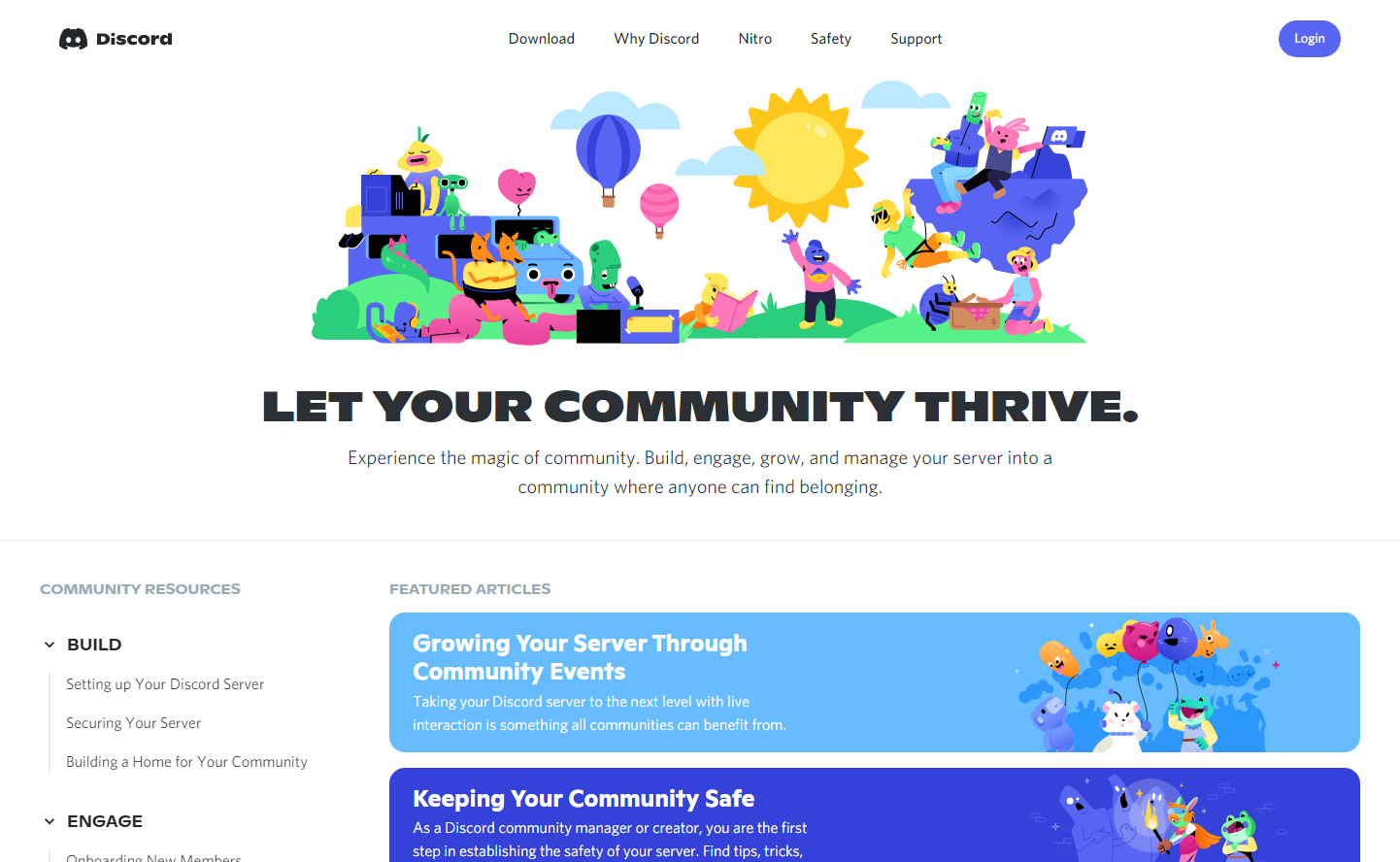
Companies that’ve achieved Product-Market Fit, but have struggled with Brand-Market Fit:
Now let’s get into some examples of companies who’ve struggled to achieve both—they’ve achieved obvious product-market fit, because they’re still in business, and even growing!
But as we look at where they’ve struggled to grow or to “own” a category, it becomes apparent that brand-market fit is the challenge.
Dropbox
PMF: Dropbox solved a significant problem by offering easy file synchronization and sharing across devices.
BMF challenges: While a category leader, Dropbox has struggled to differentiate itself emotionally from competitors. It might be more often seen as a utility rather than a brand people feel passionate about. Although I loved their 2021 “For all things worth saving” campaign (and many gorgeous brand evolutions over the years), Dropbox has had a hard time translating beautiful campaigns to the product experience. It needs a vision that goes beyond storage in order to jump on opportunities to connect with users’ broader digital lifestyle needs. You could argue that Dropbox Paper could’ve been what Notion became—but hasn’t found brand-market fit to the same degree. By contrast, I see WeTransfer doing more on the BMF side to turn utility (file transfer) into something users connect with emotionally (e.g. their 2024 “Move like a pro” campaign).
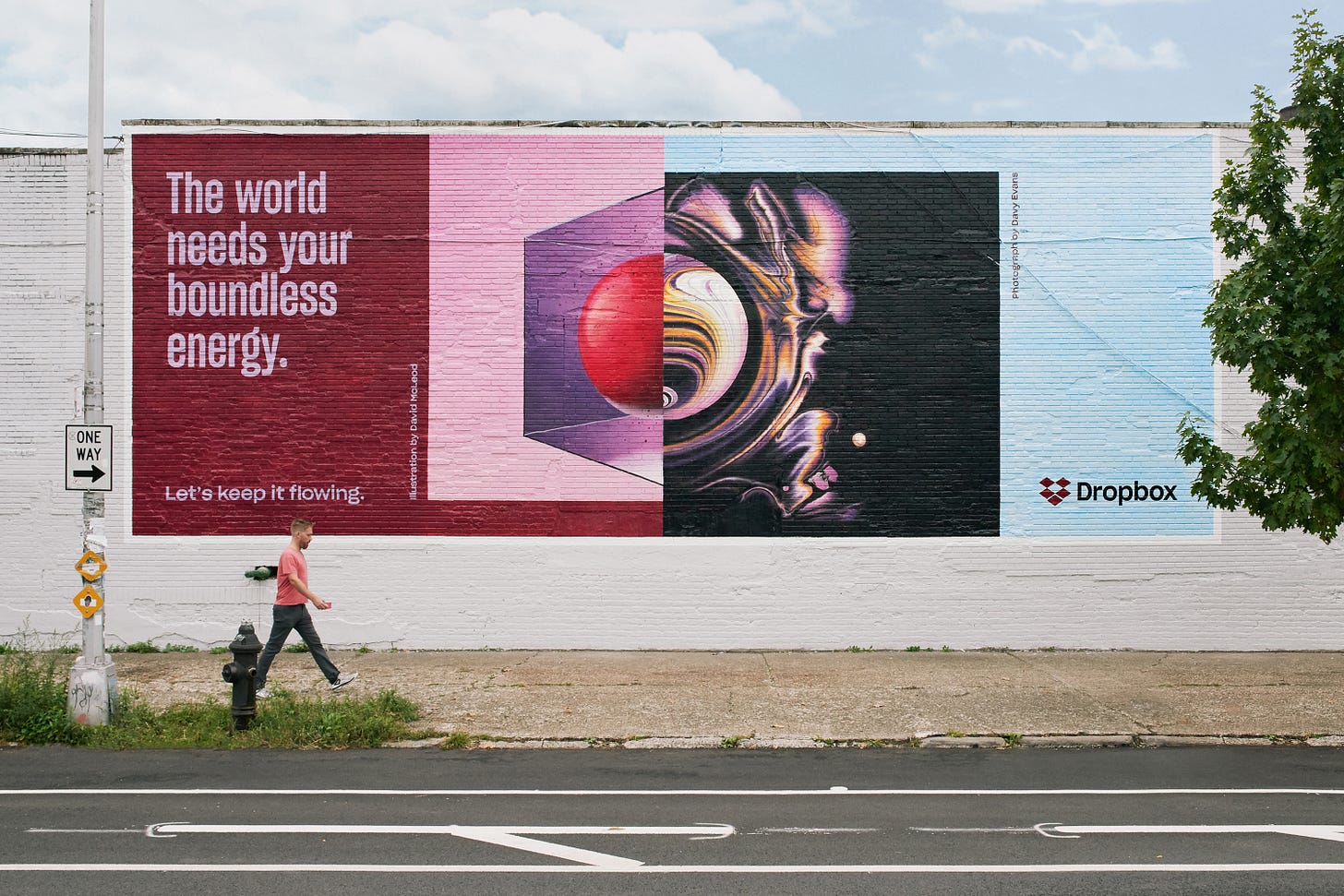
LinkedIn
PMF: LinkedIn successfully created a professional networking platform, filling a gap in the social media landscape.
BMF: Despite its necessity, LinkedIn hasn’t cultivated a brand that people engage with enthusiastically—until more recently, as we usher in the era of the B2B influencer (but does their presence improve brand affinity?). The brand has struggled to shake off perceptions of being stuffy or overly corporate and users tend to cringe when they launch new engagement features (a TikTok-style video feed or “AI-powered takeaways” 🤢 on posts in feed). LinkedIn is starting to do better at tapping into professionals’ aspirations and emotions beyond job hunting and networking by elevating the voices of those who choose to play the game. How long can they maintain their monopoly without cracking this?

Craigslist
PMF: Craigslist succeeded by providing a simple, functional platform for classified ads and local listings.
BMF: It’s not that exciting to talk about Craigslist, but somehow it’s clung on all these years. Their bare-bones approach, while functional, has resulted in a lack of brand personality (and zero marketing). The site’s outdated design and minimal features, while immediately recognizable and maybe part of its appeal to some, actively create a frustrating brand experience. Craigslist hasn’t evolved its brand to meet changing user expectations for design, safety, and community building in online marketplaces, and traffic is steadily moving over to a million other platforms like Facebook Marketplace, Nextdoor, Poshmark, Mercari, etc.

Oracle
PMF: Oracle has long been a leader in database management systems and cloud applications. I think. What do they do again?
BMF: In the consumer and broader tech space, Oracle’s brand lacks the resonance of more consumer-facing tech companies. Its historic PMF is undeniable, but it’s often perceived as old-school and corporate, struggling to appeal to younger tech decision-makers and startups. Oracle’s cohesive brand narrative is almost nonexistent, and they struggle to go beyond technical capabilities to connect with the aspirations and values of the modern tech workforce.

Not all BMF challenges look the same—some struggle with creating emotional connections, others with aligning their brand with user values, and still others with evolving their brand to meet changing market expectations.
As companies expand their product portfolio, they might struggle to appeal to new audiences without alienating their existing users (e.g. How does Rippling stay relevant as an HR platform as they also try to target IT and financial decision-makers? Or some questions I’ve faced personally—how does Notion appeal to both B2B and B2C users, targeting enterprise without turning off individual users? How does Brex move upmarket without alienating startups?) In the case of sprawling umbrella brands like Meta or Oracle or Adobe, a common BMF challenge is to maintain a compelling overarching identity.
How do companies achieve brand-market fit?
If you lack brand-market fit, the brand needs to change. (Important: Make sure you aren’t blaming weak brand-market fit on weak product-market fit.) In extreme cases, weak brand-market fit is at the root of reactive rebrands—like Facebook to Meta and Uber’s rebrand(s) in the example below.
Ideally, when a company rebrands or refreshes, it’s because they want to proactively get ahead of brand shortcomings before they slow down growth. Happily, this was the case when we rebranded Brex in 2019-2020—we knew that the existing brand, while resonating well with a core startup audience—would stunt our growth into a more mature market, and our rebrand set us up to scale, matching Brex’s product evolution pace.
Uber
PMF: Uber revolutionized transportation with its ride-hailing app, solving significant pain points in urban mobility.
BMF: Since its launch, Uber’s brand has suffered various controversies, including issues with driver treatment, corporate culture, and passenger safety—leading to two rebrands in two years (2016 and 2018). These created a disconnect between the convenience of the product and the values the brand represents. This led to “safety” as the core focus of the 2018 rebrand and on new design and visual language (the color blue!) to represent safety features more explicitly. As Uber focused on building a consistently positive, trustworthy brand image that aligns with users’ ethical expectations and desire for responsible corporate behavior, they’ve been able to move from more reactive brand work to proactive work (e.g. in January 2024, they announced a brand expansion with JKR to move into additional delivery services).
In every case of weak BMF, the company has a product that serves a clear need, but hasn’t fully developed a brand that resonates with their target market beyond the product’s functional benefits. Their long-term survival, or whether they can succeed without also dramatically altering their product-market fit, ultimately comes down to whether they can create—and maintain—brand-market fit.
My 4-week course on Maven, Brand for Growth-Stage Leaders dives deep into the practical methods behind achieving brand-market fit and internal buy-in. The 5th cohort starts September 2. You can use the code SUBSCRIBER to take $100 off your enrollment (until July 31), or join the waitlist for updates.
Thanks for reading.
If you liked what you read, consider:
replying and saying hi!
connecting with me (Kira Klaas 👩🏼💻) on LinkedIn
submitting a question or topic you’d like to see next
sending to a friend 💌 or coworker 💬
To keep reading:





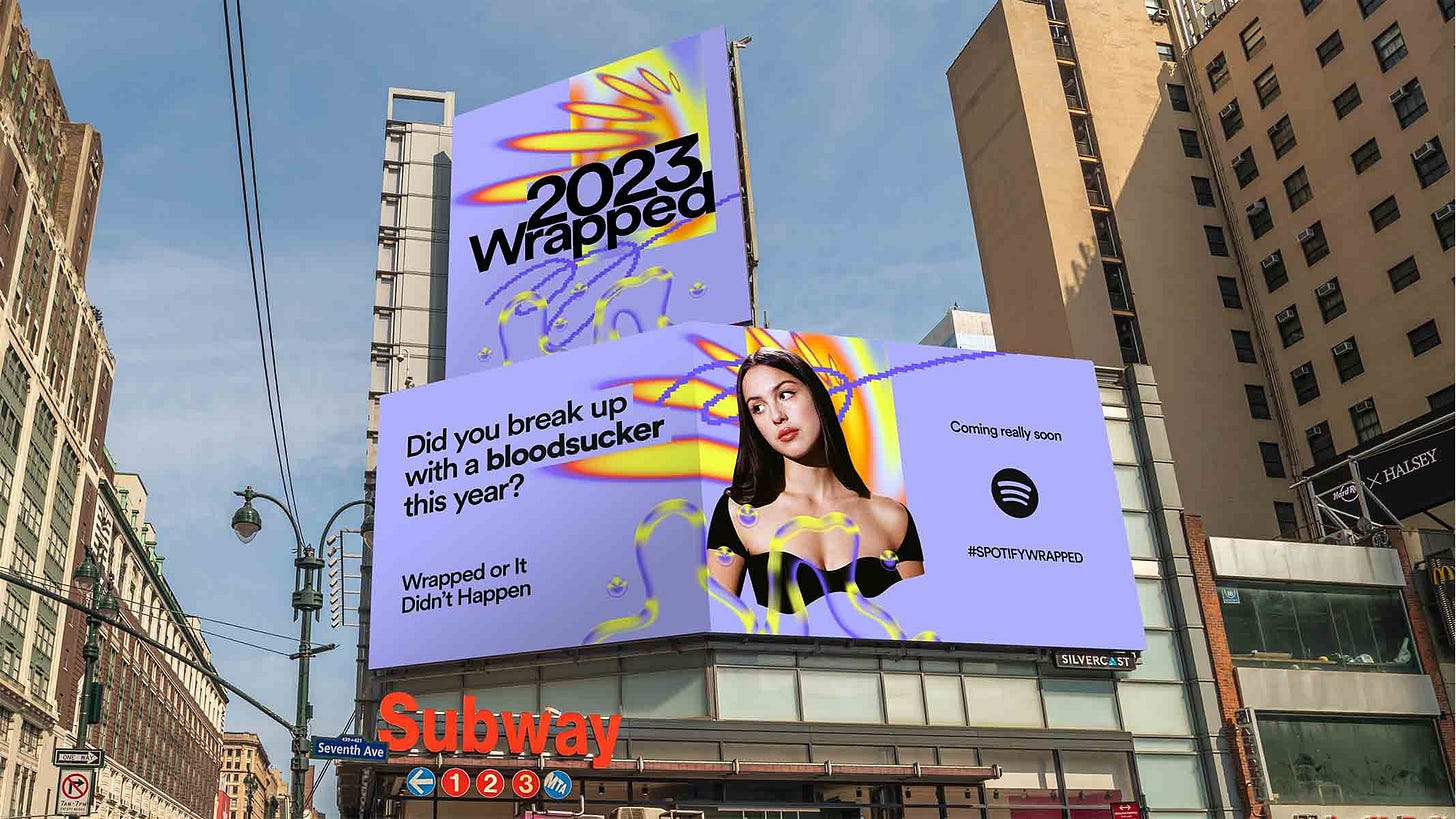
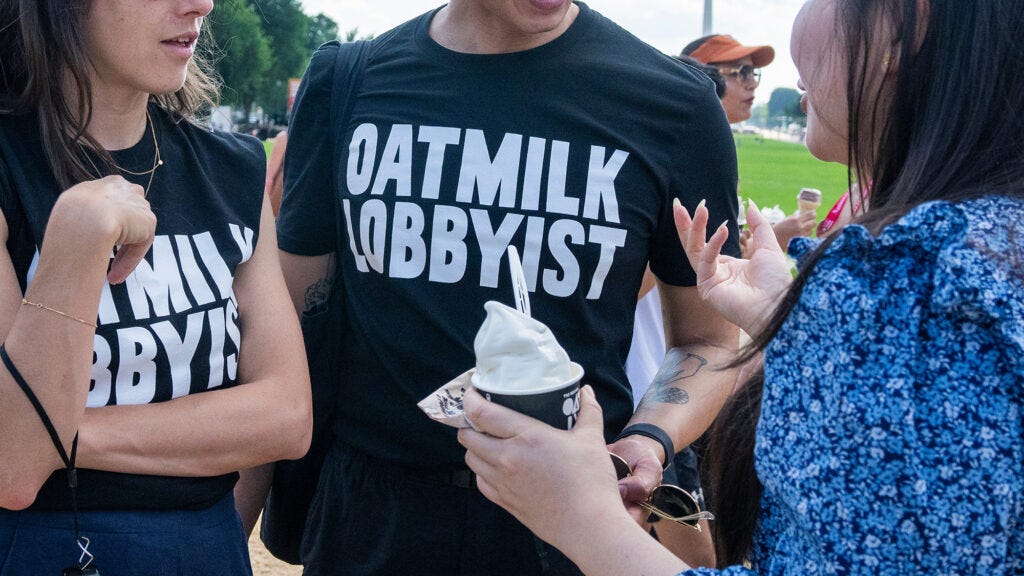

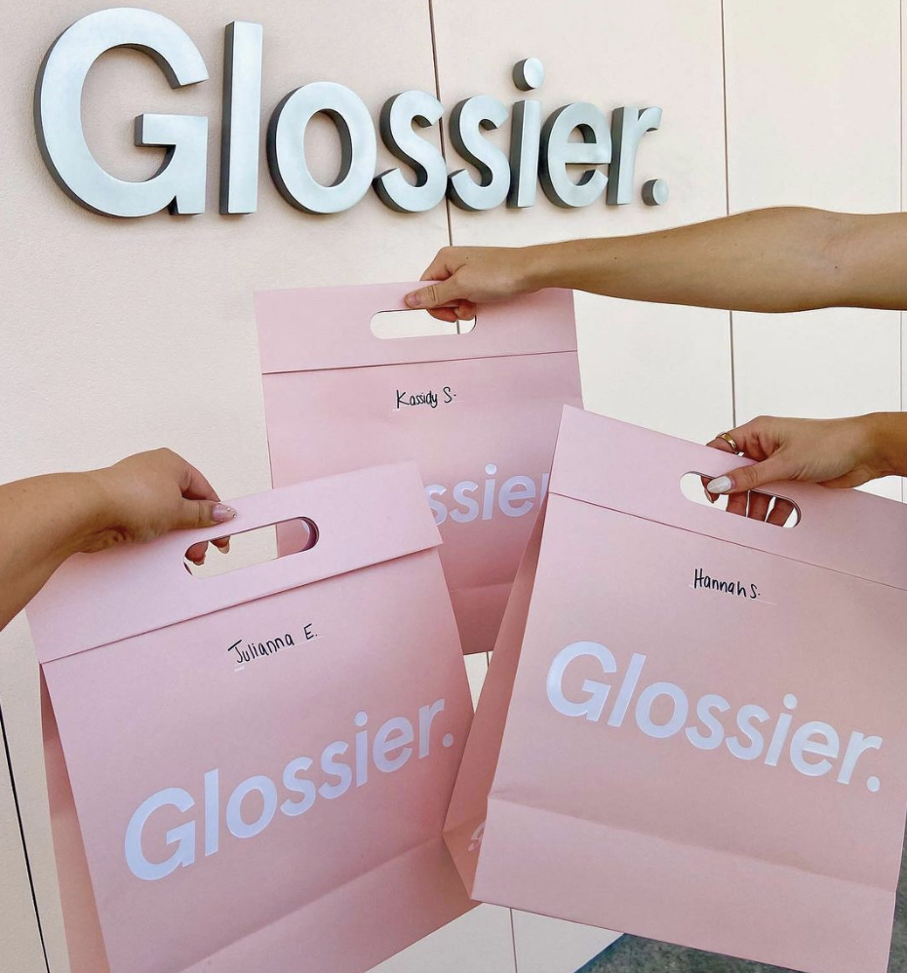
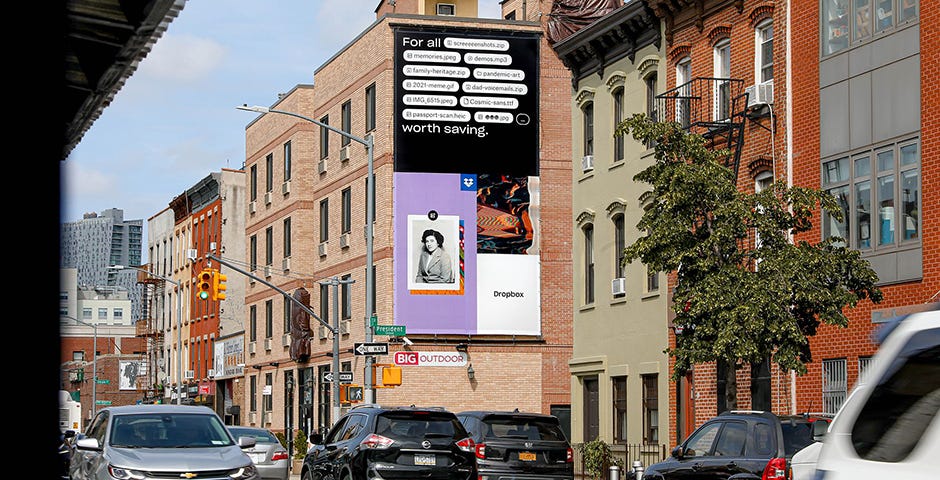



So important and really not talked about enough!!
Super read. These insights on brand-market fit (BMF) are right on the money. The importance of aligning a company's identity and values with its target market's emotional needs is often overlooked.